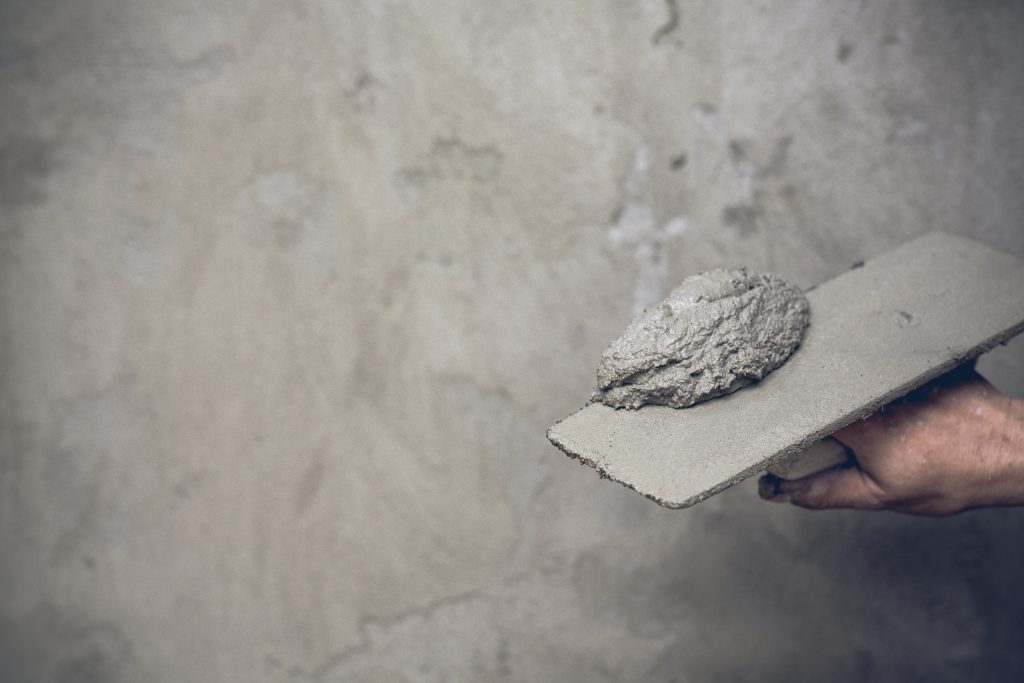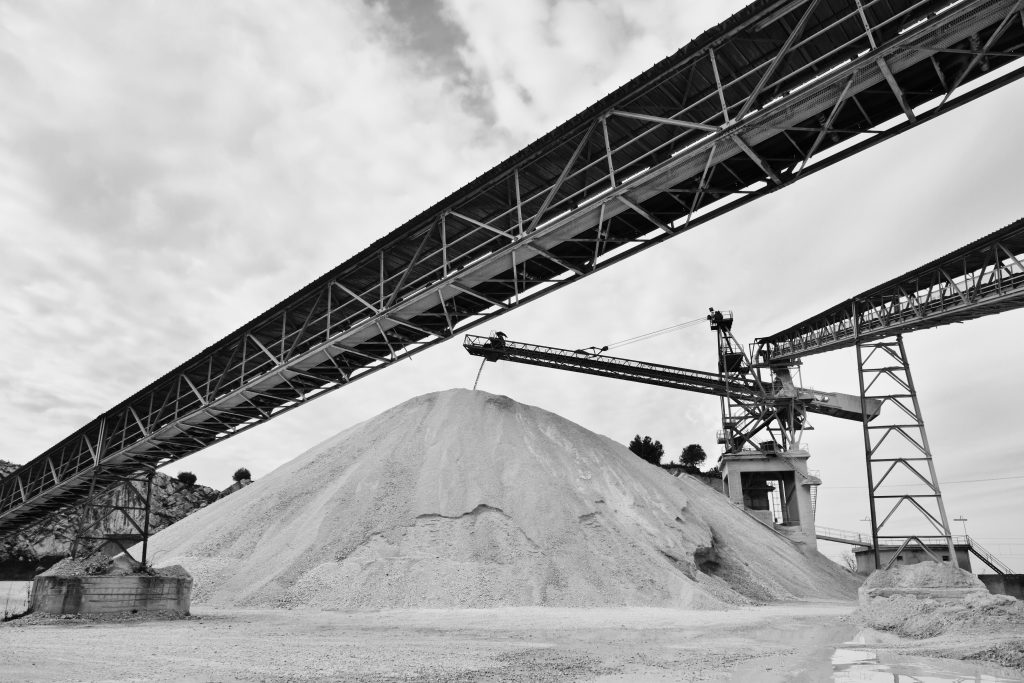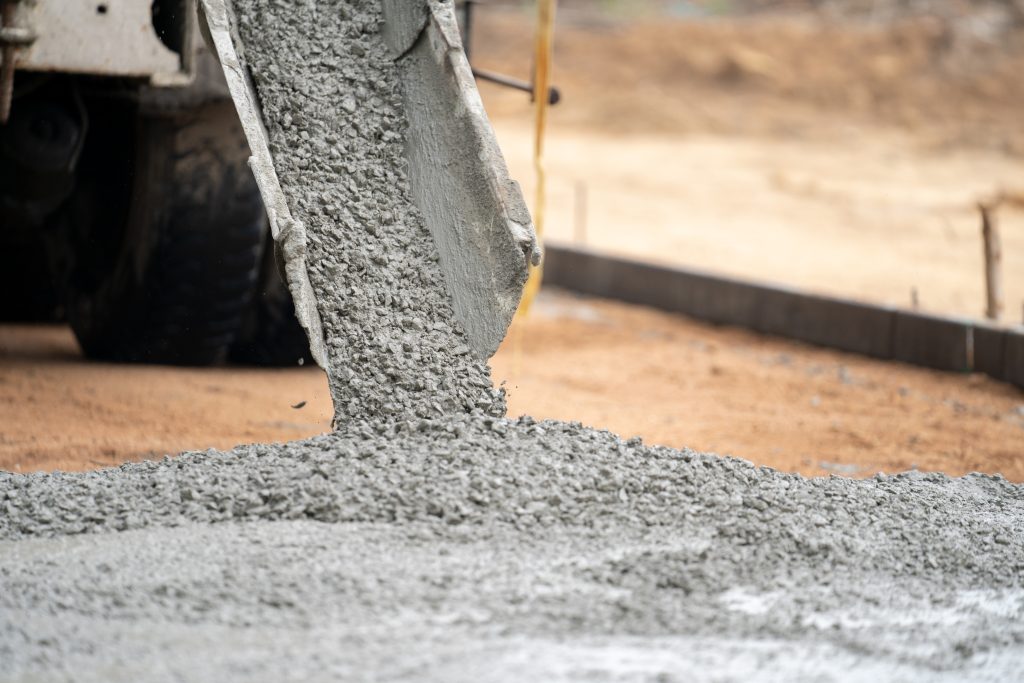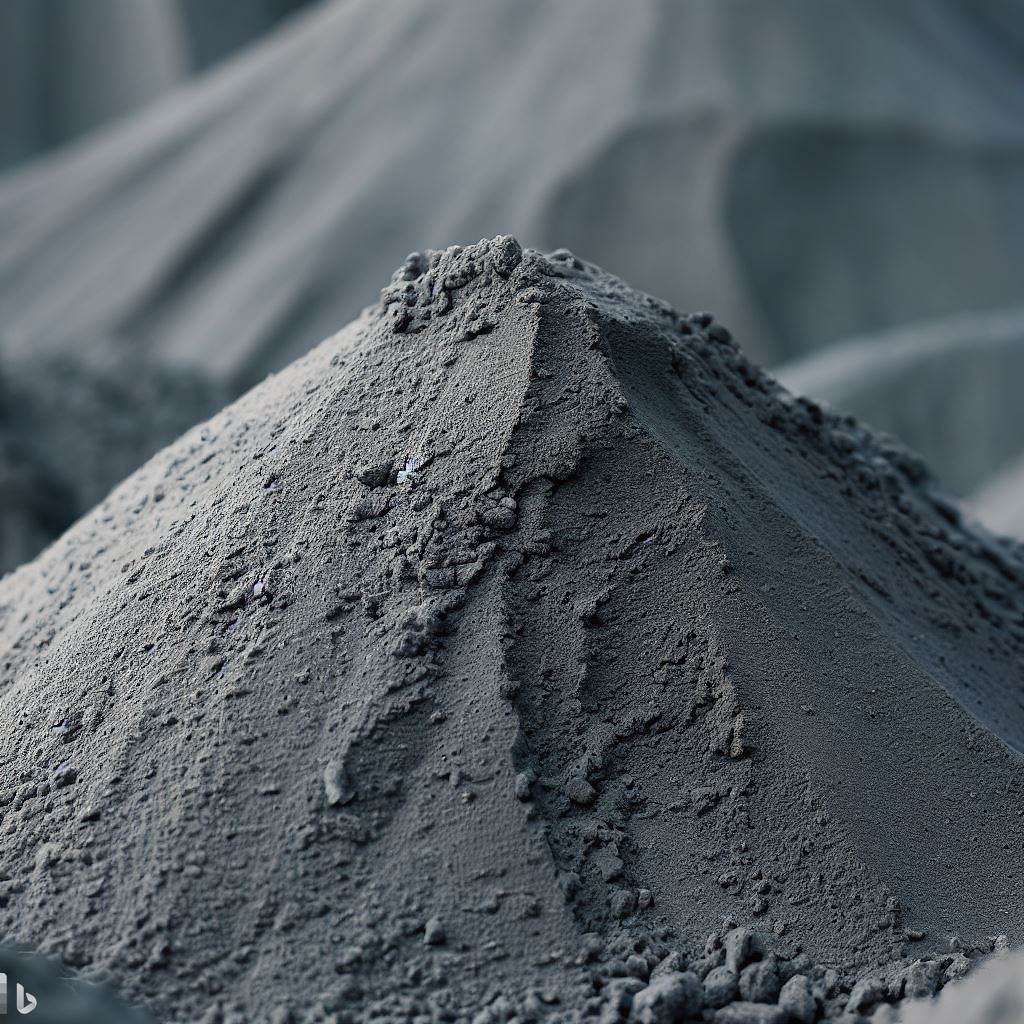Screed concrete is a crucial element in construction, known for its role in creating level and smooth surfaces. It is essentially a thin layer of concrete, typically ranging from 25 mm to 75 mm in thickness, that is applied over a concrete subfloor. The primary purpose of screed concrete is to establish a flat and uniform surface for further construction or to serve as a base for various flooring materials. Keep reading on to know more about screed concrete.
Screed Concrete: An Overview
The composition of screed concrete typically includes a mixture of cement, sand, and water. Depending on the specific requirements of the project, additives may be introduced to enhance particular properties, such as drying time or strength. This flexibility makes screed concrete adaptable to a wide range of construction applications. Screed can be applied using various methods, including traditional manual techniques, the use of pumps or mixers for larger projects, or the employment of specialised screeding machines. Each method is chosen to ensure precision and efficiency in achieving the desired level and finish. Whether it’s preparing the base for decorative flooring or ensuring a smooth surface for a building project, screed concrete is a fundamental element in modern construction practices.
What are the Types of Screed Concrete?
There are several varieties of screed concrete available, each tailored to specific construction needs:
Bonded screed:
Applied directly onto an existing concrete base with the help of a bonding agent, this screed ensures a strong connection. It’s particularly useful in renovations where an old concrete substrate is being covered with a new screed layer.
Unbonded screed:
Unbonded screed can be laid on top of a damp-proof membrane. It is not bonded to the base directly. Unbonded screed is ideal for thickness exceeding 50mm.
Floating screed:
Floating screed is common where underfloor heating is present. This type of screed is laid on a layer of insulation with a slip membrane between the screed and the insulation.
Each type of screed concrete cement has its advantages and limitations, and selecting the right one is crucial for a successful construction project.
Uses of Screed Concrete
Now that you know the meaning of screed concrete and its types, the following are its uses:
Flooring
In homes, screed concrete serves as an essential layer for the installation of various floor finishes, including tiles, wood, and laminates. It provides a level and stable surface that ensures the longevity and stability of the final floor covering. Screed is also a common choice for commercial spaces such as offices, retail stores, and warehouses. It provides a flat and durable foundation for a wide range of floorings, including carpet, vinyl, and epoxy coatings.
Underfloor Heating Systems
Screed concrete is often used in conjunction with underfloor heating systems. It acts as a thermal mass that stores and distributes heat effectively, making it a popular choice for both residential and commercial buildings.
Industrial Flooring
In industrial settings like factories, warehouses, and manufacturing facilities, screed concrete offers the strength and durability needed to withstand heavy machinery, forklift traffic, and the potential for chemical exposure. Fibre-reinforced screed is commonly used for added durability.
Renovations
During renovations, especially in older structures, screed concrete is used to level and reinforce existing uneven or damaged floors. Bonded screed can be applied directly over the old concrete substrate to create a fresh, even surface.
Terraces and Balconies
In outdoor spaces like terraces and balconies, screed concrete provides a solid and weather-resistant base. It can be further finished with tiles or waterproofing systems to create attractive and functional outdoor areas.
Sports Surfaces
Screed concrete is used in the construction of sports courts and athletic facilities. It offers a stable surface for various sports, ensuring even bounce and reduced risk of injury.
Healthcare Facilities
Hospitals and clinics often use screed concrete due to its hygienic properties and suitability for seamless finishes, which are essential for maintaining a sterile environment.
Educational Institution
Schools and universities utilise screed concrete for classrooms, hallways, and gymnasiums. Its durability and versatility make it a cost-effective choice for educational buildings.
Screed concrete: Characteristics
Thickness Variability
One of the defining features of screed concrete is its variable thickness, typically ranging from 25 mm to 75 mm. This adjustability allows construction professionals to level uneven subfloors effectively and create the desired depth for specific applications.
Composition
Screed concrete is primarily composed of a mix of cement, sand, and water. The ratio of these components can be adjusted to achieve the desired strength, consistency, and drying time. In some cases, polymer additives, fibres, or other materials are included to enhance specific properties.
Self-Levelling
Depending on the type of screed used, it can be self-levelling. This property ensures that, when poured, it spreads and levels itself, resulting in a flat and smooth surface without the need for extensive manual intervention.
Durability
Screed concrete is designed to be strong and durable, making it capable of withstanding heavy foot traffic and varying loads. This is particularly important for floors in residential, commercial, and industrial settings.
Fast Drying
Some screed types are engineered to dry rapidly, often within 24 hours. This feature accelerates construction timelines and minimises downtime, making it a preferred choice for projects with tight schedules.
Bonding
Screed concrete can be bonded directly to an existing concrete substrate, ensuring a strong connection and eliminating the need for extensive surface preparation.
Thermal Properties
Screed is an excellent conductor of heat, making it ideal for use in conjunction with underfloor heating systems. It efficiently transfers and retains heat, enhancing energy efficiency and comfort in buildings.
Application Methods
Screed concrete can be applied in various ways, including traditional hand application, the use of pumps or mixers for larger projects, or with the assistance of specialised screeding machines. The choice of method depends on the project’s scale and requirements.
Versatility
Screed concrete’s adaptability makes it suitable for a wide range of construction applications, from residential and commercial flooring to industrial environments. Different types of screed can be tailored to specific project needs.
Conclusion
Screed concrete is a foundational element in the world of construction, renowned for its versatility and critical role in creating level and durable surfaces. With varying types of screed available, its adaptability to different project requirements is a significant advantage, whether for residential or commercial purposes. From supporting underfloor heating systems to providing robust industrial flooring, screed concrete proves its worth in numerous applications, ensuring the integrity, longevity, and functionality of built structures.
You can produce top-quality screed concrete using superior quality cement from JK Cement, a leading cement company.
FAQs
How is screed concrete different from traditional concrete?
Screed concrete differs from traditional concrete in its purpose and thickness. Screed is a thinner layer (usually 25-75mm) used for creating level surfaces, while traditional concrete is thicker and primarily employed for structural support in construction projects.
How is screed concrete installed?
Screed concrete is installed by pouring the mix over a prepared substrate. It is then levelled and smoothed using various methods, including manual application, machine-assisted spreading, or self-levelling properties, depending on the screed concrete type.
How long does it take for screed concrete to dry?
The drying time for screed concrete can vary depending on factors such as the type of screed, thickness, and environmental conditions.
Can screed concrete be applied over an existing concrete surface?
Yes, screed concrete can be applied over an existing concrete surface using a bonding agent for strong adhesion. This method is commonly employed in renovation projects where an old concrete substrate is being covered with a new screed layer.
Can screed concrete be polished or painted?
Yes, screed concrete can be polished or painted to achieve desired finishes. Polishing can create a smooth, shiny surface, while painting allows for customisation in terms of colour and design, making it suitable for both residential and commercial applications.














